Political Law at Russia
Political Law in Russia
Russia, officially known as the Russian Federation, operates under a federal semi-presidential republic system. Its political structure is defined by its Constitution, adopted in 1993, which outlines the division of powers between the federal government, regional authorities, and the citizens. The Russian legal and political system has evolved significantly since the collapse of the Soviet Union in 1991. However, it has faced criticism for authoritarian tendencies and restrictions on political freedoms and human rights.
1. Constitution of Russia
The Constitution of the Russian Federation, adopted on December 12, 1993, is the supreme law of the land. It provides the legal framework for the country's political system, governance, and citizens' rights.
Key Features of the Constitution:
Republic and Sovereignty: The Constitution declares Russia a sovereign state with a federal structure, where power is shared between the federal government and various regions.
Democratic Governance: Russia is formally a democratic republic, though in practice, critics argue that democratic norms have been increasingly undermined by the concentration of power in the hands of the executive branch.
Separation of Powers: The Constitution establishes the separation of powers into executive, legislative, and judicial branches, although the executive branch, led by the President, holds considerable power over the other branches.
Human Rights: The Constitution guarantees various fundamental rights and freedoms, including freedom of speech, assembly, and association, as well as the right to a fair trial. However, in practice, these rights are often subject to limitations, especially in relation to political opposition and media freedoms.
2. Political System
Russia’s political system is a semi-presidential republic, which means it combines elements of both a presidential and parliamentary system. The executive power is concentrated in the President, while the Prime Minister and the Federal Assembly (Parliament) also play important roles in governance.
The President: The President of Russia is the head of state and has significant powers under the Constitution. The President is directly elected for a six-year term and may serve two consecutive terms (though constitutional amendments in 2020 reset term limits). The President’s powers include:
Directing the executive branch.
Appointing the Prime Minister and other top officials, including judges of the Constitutional Court and Supreme Court.
Representing Russia in international affairs.
Overseeing military and defense policy as commander-in-chief of the armed forces.
Issuing decrees and orders with the force of law, subject to the approval of the Federal Assembly in some cases.
The President's role is central in Russia's political system, and critics argue that the office holds a significant degree of unchecked power, undermining democratic institutions.
The Prime Minister: The Prime Minister of Russia is the head of government and is appointed by the President. The Prime Minister is responsible for the day-to-day running of the government, directing domestic policy, and managing the federal budget. The Prime Minister's power is subordinate to that of the President.
The Federal Assembly (Parliament): Russia’s Parliament, known as the Federal Assembly, is a bicameral legislature with two chambers:
State Duma (Lower House): The State Duma has 450 members, who are elected every five years. It is responsible for drafting and passing laws, approving the budget, and providing oversight of the executive branch.
Federation Council (Upper House): The Federation Council consists of 170 members, with representatives from each of Russia's 85 federal subjects. The Federation Council has a more limited role, such as approving constitutional amendments and treaties, confirming judicial appointments, and approving presidential decrees in some cases.
Despite the separation of powers, the political landscape in Russia is characterized by centralized power, with the executive branch (especially the President) exercising significant influence over the legislature and judiciary.
3. Electoral System
Russia has a mixed electoral system, which combines elements of both proportional representation and majoritarian voting.
Presidential Elections: The President is directly elected by universal suffrage for a six-year term, with a maximum of two consecutive terms (although the 2020 constitutional amendments reset the previous term limits, allowing the current President to seek additional terms). If no candidate receives more than 50% of the vote in the first round, a runoff is held between the top two candidates.
State Duma Elections: The State Duma is composed of 450 deputies elected for a five-year term through a mixed-member proportional representation system. Half of the deputies are elected through proportional representation from party lists, and the other half are elected through single-member districts using a first-past-the-post system.
Federation Council Elections: The Federation Council consists of two representatives from each of Russia’s 85 federal subjects. These representatives are not directly elected; instead, they are appointed by the legislative and executive bodies of each federal subject.
Local Elections: In addition to federal elections, there are regional and local elections for governors, mayors, and local councils. However, these elections are often subject to state control, and opposition candidates face significant challenges in competing against pro-government incumbents.
4. Political Parties
Russia operates under a multi-party system, but the political landscape is dominated by a few large parties. The ruling party, United Russia, is the main political force in the country, and opposition parties face significant obstacles, such as restrictions on media access, limited funding, and legal barriers.
Major Political Parties:
United Russia: The dominant political party in Russia, led by President Vladimir Putin. The party is often described as center-right and has aligned itself with the Putin administration. United Russia advocates for economic stability, nationalism, and preservation of Russia’s political system under strong executive control.
Communist Party of the Russian Federation (CPRF): A major opposition party with roots in the Soviet era. The CPRF is generally regarded as left-wing, advocating for socialist principles, state control of strategic industries, and an anti-Western foreign policy.
Liberal Democratic Party of Russia (LDPR): A nationalist and right-wing party led by Vladimir Zhirinovsky. It supports an authoritarian form of governance, a strong military, and a nationalistic foreign policy.
Just Russia – For Truth: A left-wing party that positions itself as a social democratic alternative to United Russia. It advocates for social welfare programs and labor rights.
Yabloko: A liberal political party that supports democratic reforms, human rights, and European integration. Yabloko is often critical of the current government, particularly its control over the media and political opposition.
Although there is a diverse range of political parties, opposition parties face significant challenges in gaining political power. The Russian government has been accused of using legal and extrajudicial means to suppress opposition movements and ensure that pro-government parties remain dominant.
5. Judiciary and the Rule of Law
The judiciary in Russia is formally independent, but in practice, the government, particularly the executive branch, wields significant influence over judicial decisions.
Constitutional Court: The Constitutional Court has the authority to review the constitutionality of laws and acts by the executive and legislature. However, its independence has been questioned, particularly when it comes to politically sensitive cases.
Supreme Court: The Supreme Court is the highest judicial body in Russia and oversees the judicial system. It is responsible for interpreting laws, ensuring uniformity in judicial decisions, and overseeing the work of lower courts.
Lower Courts: The court system in Russia includes regional courts, district courts, and administrative courts. While the judiciary theoretically operates independently, there are numerous reports of political influence on judicial decisions, especially in cases involving political dissidents or opposition figures.
The rule of law in Russia is frequently challenged by political interference, corruption, and a lack of judicial independence. Human rights organizations frequently criticize the judicial system for being used to suppress political opposition and civil liberties.
6. Human Rights and Freedoms
Although the Russian Constitution guarantees fundamental human rights, in practice, civil liberties and political rights are often restricted.
Freedom of Speech and the Press: The Russian government has enacted a series of laws that limit free expression, particularly when it comes to criticism of the government or President Putin. Independent media outlets face significant pressure, including harassment, legal actions, and censorship.
Freedom of Assembly: While the Constitution guarantees the right to peaceful assembly, protests and demonstrations are often met with police repression, and opposition leaders face legal charges for organizing or participating in demonstrations.
Political Opposition: Political opposition figures, activists, and journalists are often subject to arbitrary detention, harassment, and prosecution. The Russian government has been accused of using the legal system to target opposition leaders and human rights activists.
LGBTQ+ Rights: LGBTQ+ individuals face legal and social discrimination in Russia. The government has passed laws restricting the "promotion of homosexuality" and limits on LGBTQ+ advocacy, which has led to an atmosphere of hostility towards the community.
7. Foreign Policy and Relations
Russia plays an influential role in global politics, with a foreign policy that is often characterized as nationalistic and assertive. Russia is a permanent member of the United Nations Security Council and has significant geopolitical influence, especially in regions such as Eastern Europe, Central Asia, and the Middle East.
Relations with the West: Relations between Russia and the European Union (EU) and the United States have been strained, particularly over issues such as Ukraine, Syria, and interference in foreign elections.
Regional Influence: Russia seeks to maintain and expand its influence in former Soviet states, particularly in regions like Ukraine, Georgia, and Moldova, where it has engaged in military intervention and diplomatic pressure.
Conclusion
Russia’s political law is shaped by its semi-presidential republic system, with a strong executive headed by the President. While the Constitution guarantees fundamental rights and separation of powers, the political system is characterized by centralized power, limited political opposition, and significant government control over key institutions like the media and judiciary. Despite formal guarantees of democracy and human rights, authoritarian practices have undermined the functioning of democratic institutions in Russia. The political landscape is dominated by United Russia, and opposition parties face severe restrictions. The international community has raised concerns about Russia’s commitment to democratic values and human rights, especially in light of political repression, media censorship, and restrictions on free expression.


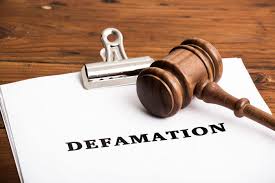



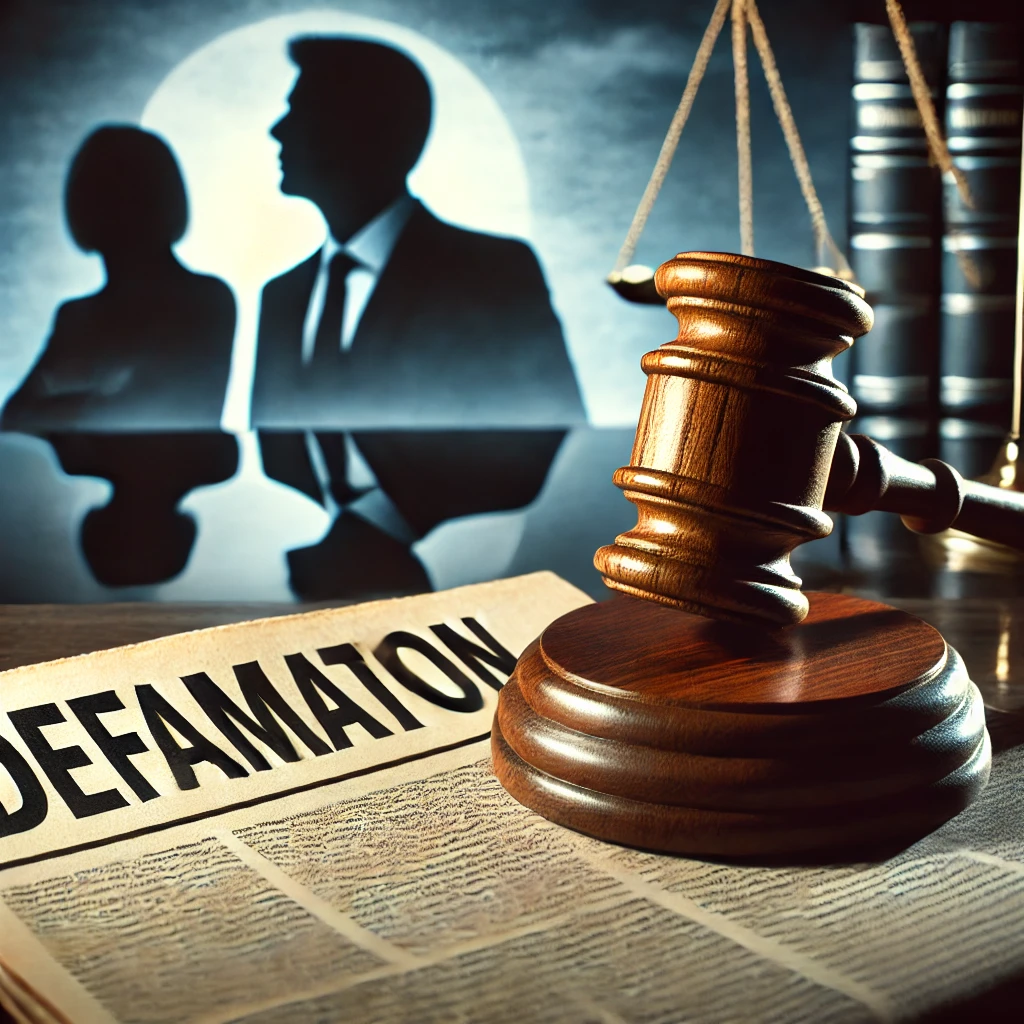
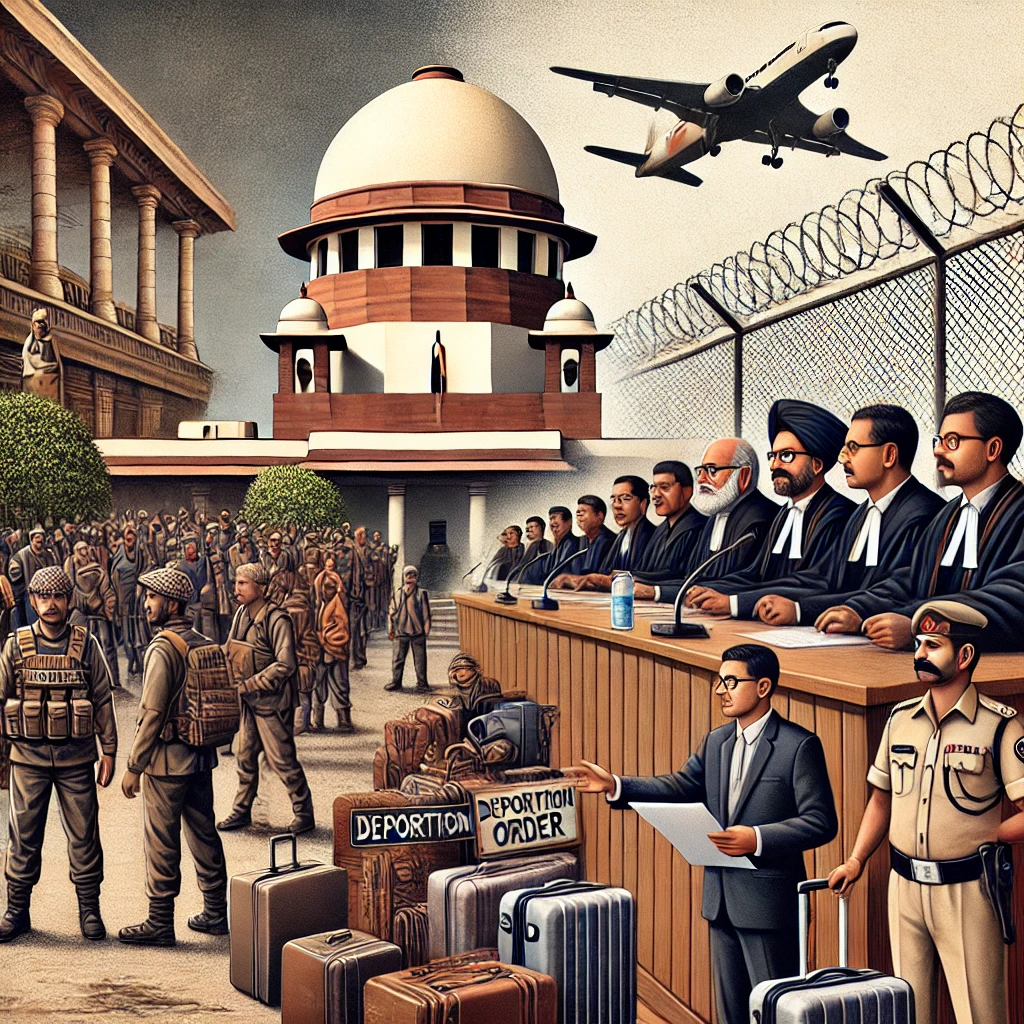

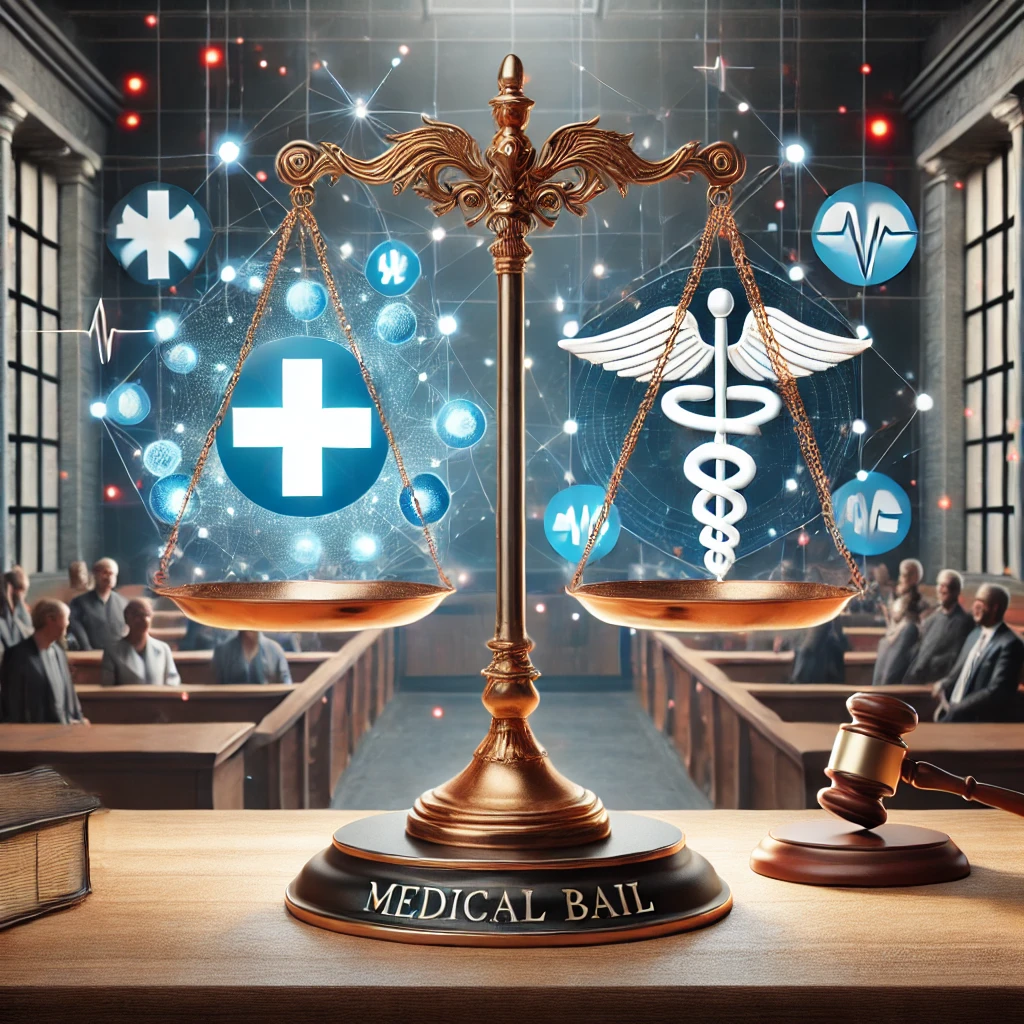







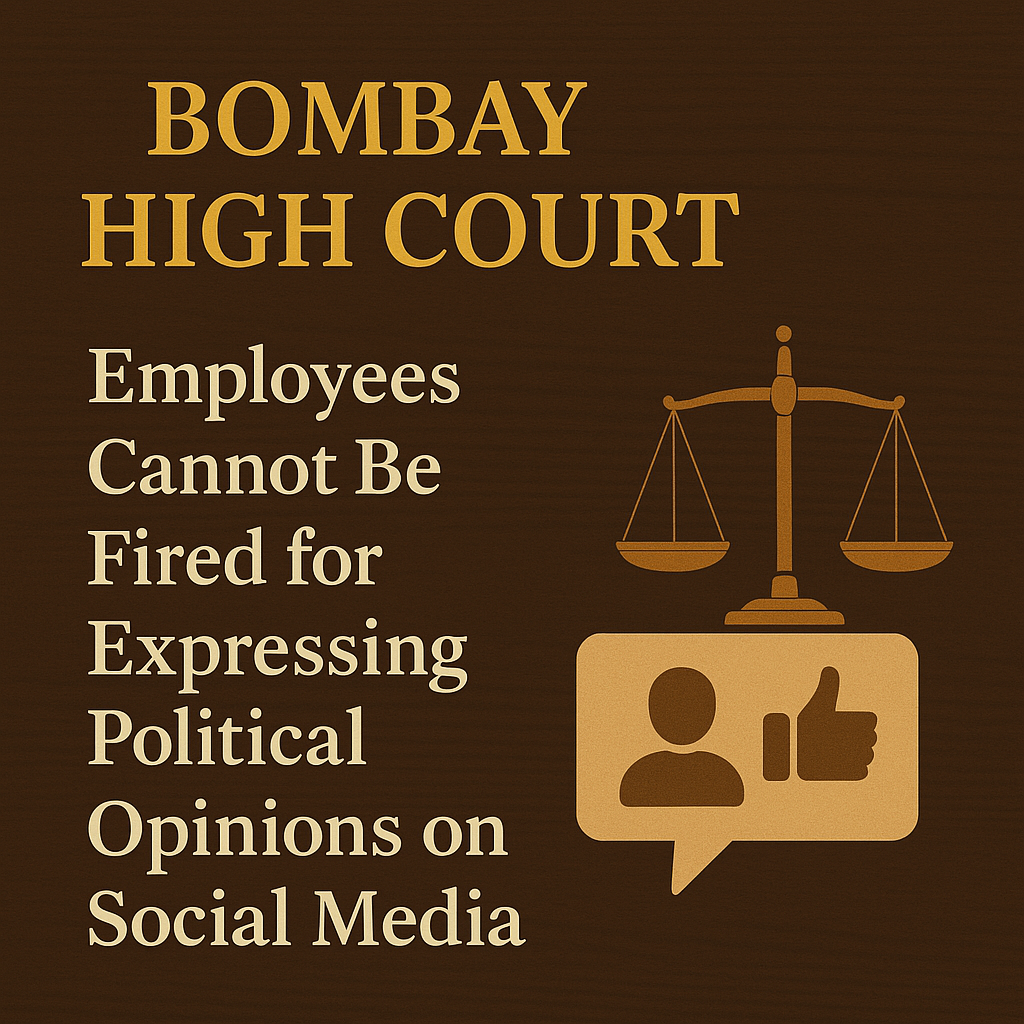



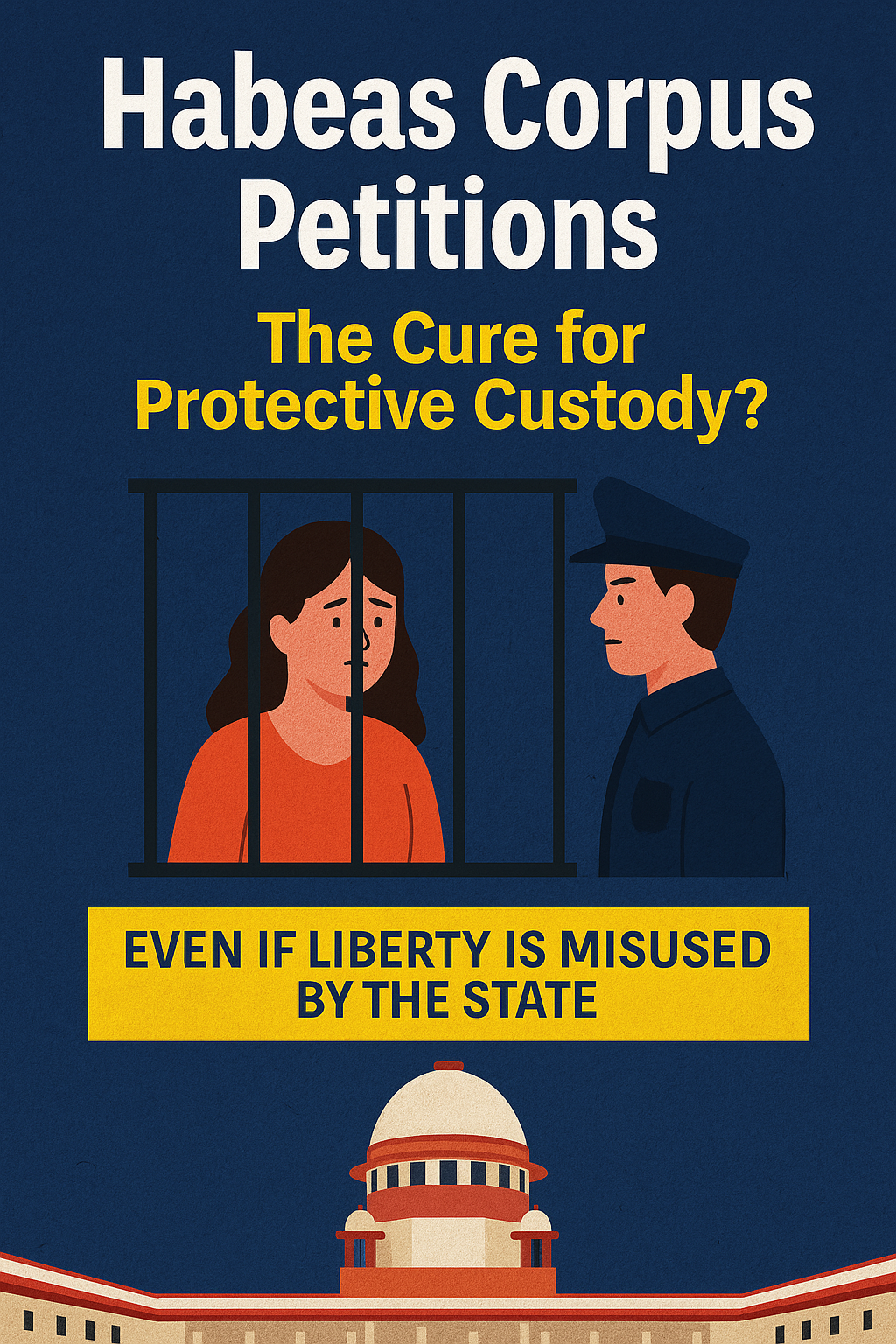
0 comments